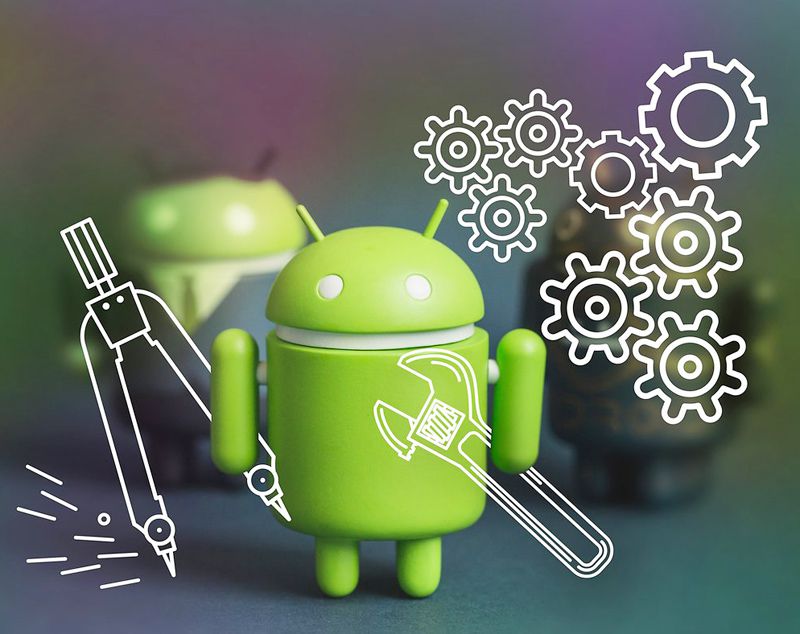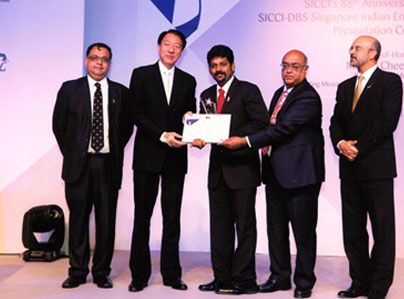Android Technology
What Will Be The New Technology in Android Software Development ?

In these high-end techno-savvy times, businesses need to up their game to stay in the competition. The world’s highest money transaction occurs online. All this money is in their mobile phones and to get that money, companies need to get in their phones and the best way to do that is developing a great mobile app.
What is Android Software Development?
Android app development latest trends have become the talk of the whole world heavily affected by the presence of digital technologies. And, another reason is people’s becoming more tech-conscious than before.
This era witnesses the evolving of Android continuously and uncountable mobile platforms have merged in the IT industry. All these points come up as preoccupations before mobile app development companies.
1. Artificial Intelligence (AI) and Machine learning:
The term Artificial Intelligence (AI) means the capability of working like the human mind of a computer and performing tasks which require intelligence that human beings are endowed with.
Here, we mean that the machines are only programmed to do repetitive and specific tasks, but they can also do different types of tasks.
Machine learning, an AI part, includes data process in machine and learning by itself, without our teaching or guidance. You need to have a great deal of knowledge and research to learn machine language.
To overcome, there is a firebase MLKit comprising Google cloud vision API, tensorflow Lite, Neural Network API. All these features are in one single SDK.
With this MLKit, mobile developers implemented features of Machine learning given below:
Recognition of text: text recognition is rendered for free for a mobile developer. These can identify only latin alphabets on mobile devices. In on-device recognition, this will return photographed structure documents with full text that comprises words, blocks, paragraphs, and symbols.
Landmark recognition: It is considered one of the best features. By means of it, it’s much easier for us to recognize famous places. It fundamentally works on the cloud and returns the result in SDK.
Face recognition: It is capable of detecting the image of a face and returns the boundaries and also usable for the verification of photos.
Barcode scanning: With MLKit, there are thirteen different formats of the barcode. It not only takes care of custom data, but it also handles some predefined events like texting, detection of Wi-fi connection and adding calendar events.
Image labelling: Image labelling has a heap of uses. For instance, if someone uploads a photo suggesting the user for a TAG this one type of labelling and the other one is to name the photo group in the gallery.
2. IOT (Internet Of Things)
IOT or Internet of Things has turned out as a very advanced concept for us. By means of this concept, our daily work has become much easier only by connecting an electronic device with our smartphones.
Nowadays, a large number of home automation companies are striving for coming up with better smart home technology that smartphones and apps can handle.
3. Cloud-based mobile apps
Cloud Application, a software program, is designed to access the Internet. Due to the high demand for Cloud technology, Android specialists are paying attention to Cloud-based applications.
The technology lessens the load to access data by numerous kinds of portable computing devices.
4. Android Jetpack
Android Jetpack is a set of tools, components, and guidance to build the best Android apps capable of running faster.
This Jetpack parts put all the existing support libraries, architectures and structure them to cope with main issues like app management, backward compatibility, and so on.
Google structures all these things in a single pack with four categories: architecture, foundation, UI, and behaviour.
Android Jetpack components are found as unbundled libraries that are not a part of the underlying Android platform which means that one can adopt each component anytime at any speed.
If you find any new Android Jetpack functionality available, then you can add it to your app. After that, you can deploy your app to play store by giving users all features in a single day.
Furthermore, one can run the app in various versions of the platform. It is because Android Jetpack components are developed by providing backward compatibility.
The Jetpack is produced with the separation of interest, testability and Kotlin Integration. Due to this, it is possible to build a high-quality app using less code.












